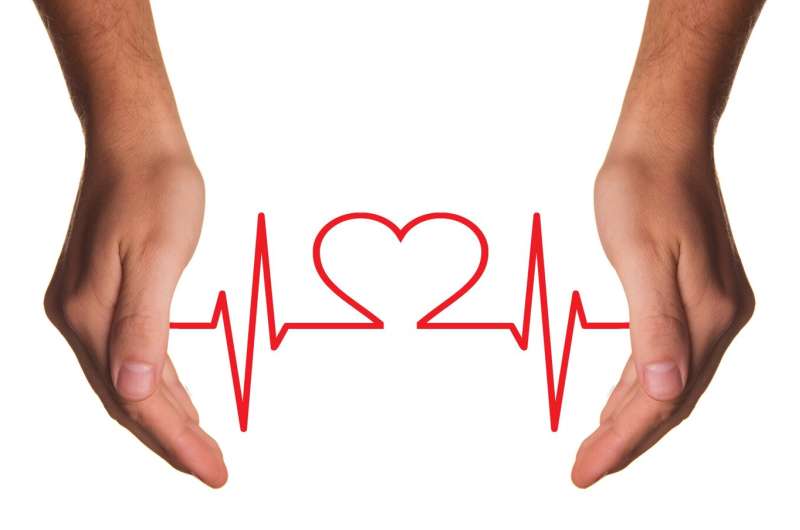Understanding Glucose Transport Failures in Type 2 Diabetes

Research reveals how impaired GLUT transporter trafficking in pancreatic β-cells contributes to decreased insulin secretion in type 2 diabetes, opening new therapeutic possibilities.
Just as efficient traffic management ensures smooth flow on busy roads, our body relies on a sophisticated system to regulate glucose levels after meals. Central to this process are pancreatic β-cells, which absorb glucose from the bloodstream and release insulin to maintain blood sugar balance. Inside these cells, glucose is transported via specialized proteins called GLUTs. When blood glucose rises, GLUTs move to the cell surface to facilitate glucose entry, initiating insulin secretion.
A recent study conducted by researchers at the Indian Institute of Science (IISc) sheds light on how this vital process becomes disrupted in type 2 diabetes (T2D). Led by Assistant Professor Nikhil Gandasi, the team discovered that in individuals with T2D, the trafficking of GLUTs to the β-cell surface is impaired. This results in fewer transporters reaching the membrane, slowing glucose entry into the cell. Consequently, the insulin granules that are primed for rapid release after eating do not dock efficiently, weakening the body's ability to regulate blood sugar effectively.
The study employed advanced live-cell imaging techniques to observe GLUT1 and GLUT2 transporters—main glucose gateways in human and mouse β-cells, respectively—under different blood glucose levels. In healthy cells, increased glucose levels prompt a swift recruitment of GLUTs to the membrane, which are then cycled in and out through a process called clathrin-mediated endocytosis, maintaining a steady supply of transporters.
However, in β-cells from people with T2D, this trafficking system is compromised. Fewer GLUTs arrive at the membrane, and their cycling is disrupted, leading to inefficient glucose entry. This bottleneck hampers the docking of insulin granules, reducing insulin secretion precisely when it is most needed post-meal.
Understanding these early disruptions provides new avenues for therapeutic intervention. Currently, most diabetes treatments focus on improving insulin action in tissues like muscle and fat. This research highlights the potential of targeting β-cell glucose uptake pathways. For instance, compounds like Pheophorbide A, a plant-derived molecule, have been shown to enhance insulin release by interacting with glucose transporters.
Dr. Pallavi, the study's first author, emphasizes the importance of these findings: "Most research has focused on what happens after glucose enters the cell, but we turned our attention to the entry process itself. By understanding how transporter dynamics are altered in diabetes, we can develop novel strategies to restore normal glucose regulation and slow disease progression."
Future therapies could aim to restore proper GLUT trafficking, possibly slowing down the advancement of T2D and allowing for more personalized treatment approaches based on a patient’s metabolic state.
Stay Updated with Mia's Feed
Get the latest health & wellness insights delivered straight to your inbox.
Related Articles
Gut Microbiota and Its Role in Autism Spectrum Disorder Progression in Mice
New research links gut microbiota to the progression of autism spectrum disorder (ASD) in mice, highlighting the potential for microbiome-based therapies to manage ASD symptoms through immune and neurotransmitter regulation.
The Impact of Hospital and Insurer Disputes on Patient Care
Recent disputes between hospitals and insurers are leading to delays and confusion for patients seeking vital care. Rising costs and hospital mergers are fueling more disagreements, putting patient access at risk. Learn how you can navigate these challenges.
Urgent Action Needed to Bridge the Gender Disparity in Heart Attack Care, Study Warns
New research highlights the urgent need to address gender disparities in heart attack treatment in Australia, with projections indicating the gap may take a decade to close without immediate action.
Understanding the Challenges of Mental Health Support for Autistic Individuals
Autistic individuals face higher risks of mental health conditions like anxiety and depression but struggle to access appropriate support due to environmental and systemic barriers. Improvements in training and tailored interventions are essential for better mental health outcomes.



